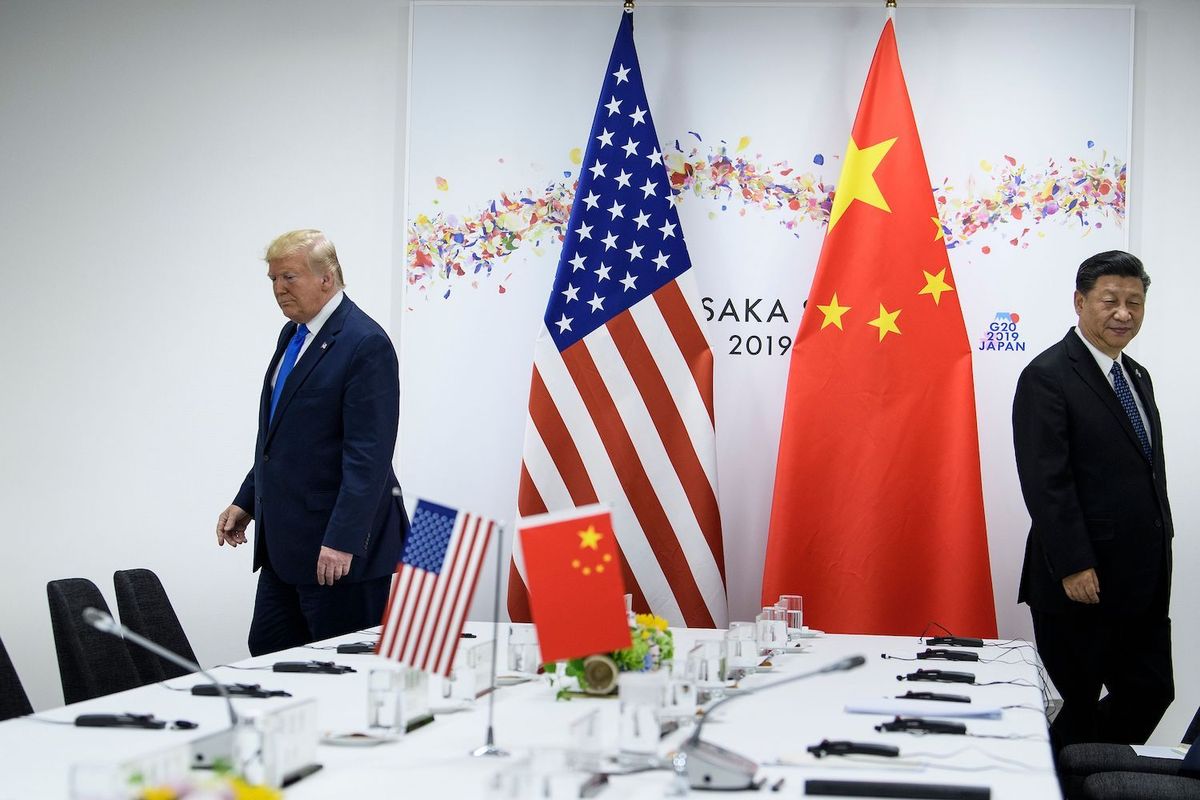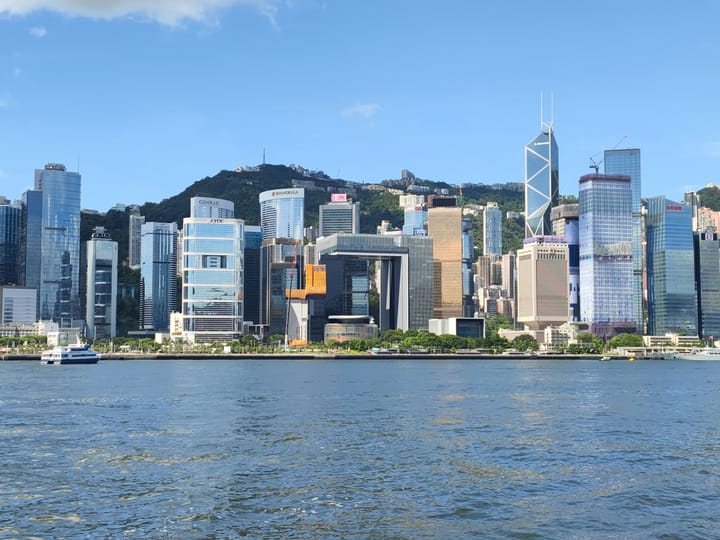Did the US become a superpower in the same way China is becoming one now?

A few minutes every morning is all you need.
Stay up to date on the world's Headlines and Human Stories. It's fun, it's factual, it's fluff-free.
As upcoming and developing countries around the world continue to challenge American influence, China appears poised to push forward with its superpower ambitions. However, China’s path is by no means an easy one and the United States, which once charted a similar course toward superpower status, appears committed to upsetting China’s ambitions for dominance on the world stage.
Finding superpowers
In a 2017 speech, China’s President Xi Jinping announced that China had entered a “new era,” committing China to taking the “center stage in the world” in a direct challenge to the US as the world’s sole recognized superpower.
But what is this “superpower” status that China is aiming toward? According to Alice Lyman Miller, a former-CIA analyst and China scholar at Stanford University’s Hoover Institution, a “superpower” is a country “that has the capacity to project dominating power and influence anywhere in the world, and sometimes, in more than one region of the globe at a time.”
Becoming a superpower
The US, even with President Trump’s unilateralist tendencies, is still perceived to be the dominant world superpower according to a survey conducted this year.
In the 2020 Best Countries rankings, formed in partnership with consulting and marketing companies BAV Group and VMLY&R, alongside Wharton School of the University of Pennsylvania, over 20,000 people from four regions were asked to associate 73 countries with specific attributes. The power attributes in the study looked at the country’s leader, whether the nation was economically and politically influential, its international alliances and its military presence. These attributes continued an 8% weight in the overall Best Countries ranking.
The US came in first, followed by Russia then China.
America’s ascension to superpower status was accelerated by the 20th century’s two World Wars. In the first, the US funded the allied victory to the tune of around US$560 billion in today’s money, which cemented the growth of US industry and established the country as the world’s leading industrial power. In the aftermath of the second, the US established itself as a true global superpower, founding global alliance networks like the North Atlantic Treaty Organization (NATO) and the Southeast Asia Treaty Organization (SEATO) and led the way in crafting many of the world’s key institutions, such as the United Nations (UN). In this way, the US exercised its influence on global affairs.
To this day, the US remains the world’s dominant superpower and nowhere is this more obvious than its military power. Last year, the US’ military budget was US$732 billion, by far the world’s largest, exceeding the military spending of countries such as China, Russia and the United Kingdom. Furthermore, the US projects more influence globally than any other nation on Earth with its 58 military bases, dotted across the globe.
However, while the US bolstered and cemented its reputation as the “world’s most powerful country” mostly due to its vast military spending, the nation was also damaged by the sharpest drop in global trust since the study began five years ago.
China’s challenge
Over the decades, China has endeavoured to increase its prevalence on the world stage, but its ascent has been continuously challenged.
According to Chris Leung, the Executive Director of DBS Bank and Chief China Economist, China’s path toward superpower status is dependent on several crucial criteria.
Leung pinpoints technological innovation, the conversion of economic might into geopolitical influence and the influence of supranational institutions such as the UN as the key pathway through which China can and is striving to become a world superpower and is seeking to emulate its American competitor.
Leung continued to state that China aims to establish itself as a leading technological and industrial power in much the same way as the US did in the last century. Additionally, China intends to strengthen its military to achieve some level of parity with the US and to reach out to the world through international organizations and funding opportunities to extend its global reach.
However, China faces unique challenges that pose serious obstacles to its stated geopolitical ambitions.
Programs to extend Chinese influence throughout the world through the Belt and Road Initiative have stalled and the US has proved committed to restraining Chinese ambitions. However, historical American foreign investments such as the efforts like the post-war Marshall Plan and the corporations controlling banana republics, suggest the US “more or less became a superpower the same way,” according to Leung.
However, Leung cautioned that the Asian powerhouse must also contend with a post-coronavirus world which may be more skeptical of Chinese influence or partnership.
Recent US-led sanctions on Chinese companies, such as Huawei due to data concerns, and the threat of even further diplomatic isolation and embargo due to events transpiring in the Chinese province of Xinjiang, further highlight the difficulties China must face in challenging American supremacy.
China has also described itself as a “developing nation,” illustrating the lengths that remain for the country to catch up with the US and the disparity between their respective pathways to superpower status, as the US was already an industrial leader before it assumed global relevance.
Though China is the world’s largest economy in terms of gross domestic product (GDP), when observing the individual wealth of its people, China’s GDP per capita (a country’s economic output per person) of US$10,262 ranks lower than that of Russia, Romania and Malaysia.
For Leung, the “future potential of the economy” and China’s ambitions as a superpower, “depends on the vitality of the population [and] the productivity of the labor force.” In this regard, China has significant work to even come close to the level of the US.
China may ultimately find it impossible to follow the same pathway charted by the US in becoming a new superpower, even as it remains a major world player.
As Leung recognizes, into the near future and beyond, “the rivalry between [China and the US] will be very much likely to stay” and the US will continue to resist any attempt by China to achieve the same level of global dominance, through the same methods, as it enjoyed during the 20th century.
Have a tip or story? Get in touch with our reporters at tips@themilsource.com




Comments ()